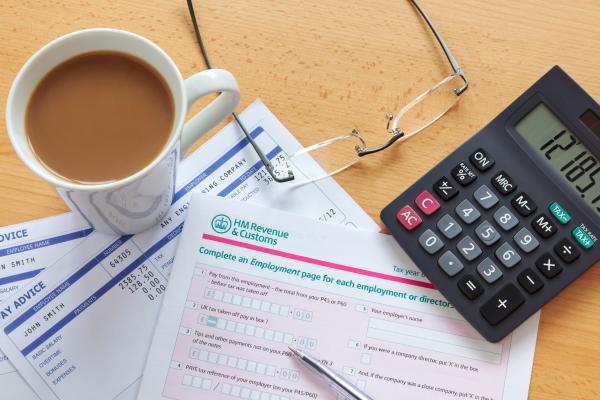
HMRC have recently revised their requirements on who they expect to file Self-Assessment tax returns. With effect from the current 2023/24 tax year, the income threshold at which a tax return is required has increased from £100,000 to £150,000. This change will mainly affect high-earning employees but has not, so far, been widely publicised beyond an announcement in HMRC’s Agent Update.
Assuming they have no other income, and ignoring salary sacrifice arrangements, until now, employees with a salary of £100,000 or more have had to file a Self-Assessment return each year. Now, from 2023/24 onwards, employees with salary between £100,000 and £150,000 and no other taxable income will not strictly need to submit a tax return. It’s worth remembering that the threshold change only applies from 2023/24, so employees with income over £100,000 in the 2022/23 tax year will still need to submit a tax return by 31 January 2024 covering that tax year.
Employees with income between £100,000 and £150,000 may receive a letter from HMRC after 5 April 2024 informing them that HMRC have removed them from Self-Assessment for 2023/24. HMRC may not identify all employees in this position though, so anyone not receiving a letter next spring stating they don’t need to file tax returns any more should be able to discuss with HMRC whether they can be removed from Self-Assessment. However, it may be beneficial for some of these individuals to stay in Self-Assessment and the following points should be considered.
What’s the catch?
Whilst not having to file a tax return each year may be appealing, there are some risks to be aware of.
Firstly, the tax-free personal allowance is gradually tapered away where taxable income is between £100,000 and £125,140. At £100,000, the personal allowance is £12,570 but by the time taxable income reaches £125,140 it is reduced to £0. Employees in this income band have previously had to file tax returns, which gives an opportunity to double-check HMRC have allocated the right level of remaining personal allowance and collected the correct amount of tax through Pay As You Earn (PAYE) over the course of the year.
Where income is between £100,000 and £125,140, small fluctuations can have a surprisingly large impact on the amount of tax payable because of the tapering of the personal allowance. Where income varies year-to-year, PAYE deductions are unlikely to be completely accurate. This can be caused by common issues such as the changes in the value of benefits in kind received, employment expenses paid, bonuses or overtime earned in the year.
Secondly, non-payroll transactions such as the employee paying into their private pension scheme or making donations to charity under Gift Aid can mean they are entitled to tax relief. Without doing a tax return, that relief could be lost, as HMRC are unlikely to capture it in the employee’s PAYE code.
Finally, in the current 2023/24 tax year, an employee with income over £100,000 can earn up to £1,000 in dividends and/or £500 in interest without any tax being payable on that income (although the £500 savings allowance is reduced to nil once income exceeds £125,140). However, the fact dividends and interest are counted when assessing how much personal allowance they’re entitled to could mean that employee underpays tax on their employment income if HMRC aren’t aware of their other income.
Again, by doing a tax return, employees receiving dividends or interest are able to reconcile their tax liability and address any underpayment. If they don’t do a tax return, there is a risk that HMRC may discover the underpayment and take action at a later date.
What to do?
Employees affected by the above issues have a choice – they can voluntarily continue submitting tax returns to enable them to double-check their tax position each year, or they can manually check they have paid the correct amount of tax and ask HMRC to adjust their PAYE code to address any over- or under-payment identified.
Given the knowledge required and potential risks of error when doing a manual calculation, remaining in Self-Assessment and using HMRC’s tax return service to calculate the tax position is likely be the safer option for affected employees.
This article reflects the position at the date of publication (19 June 2023). If you are reading this at a later date you are advised to check that that position has not changed in the time since.
We regularly publish articles on a range of tax and wider topical issues which affect employers. If you wish to subscribe to our monthly Employer Focus e-newsletter, please contact us.















